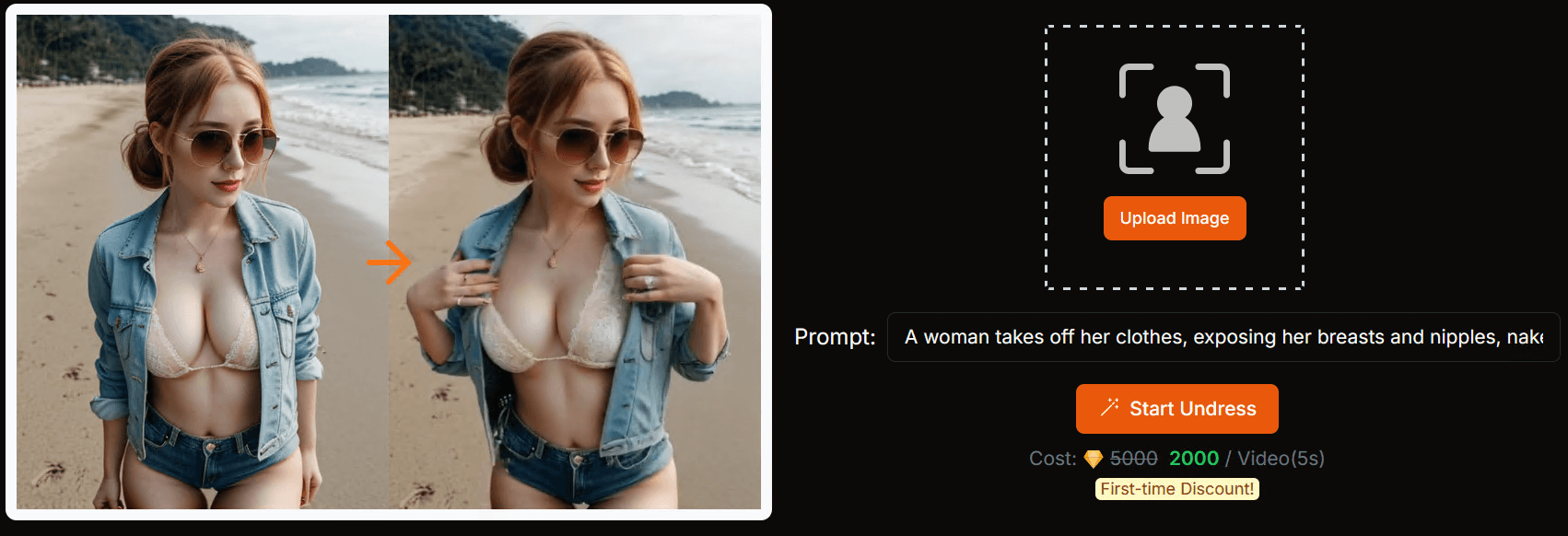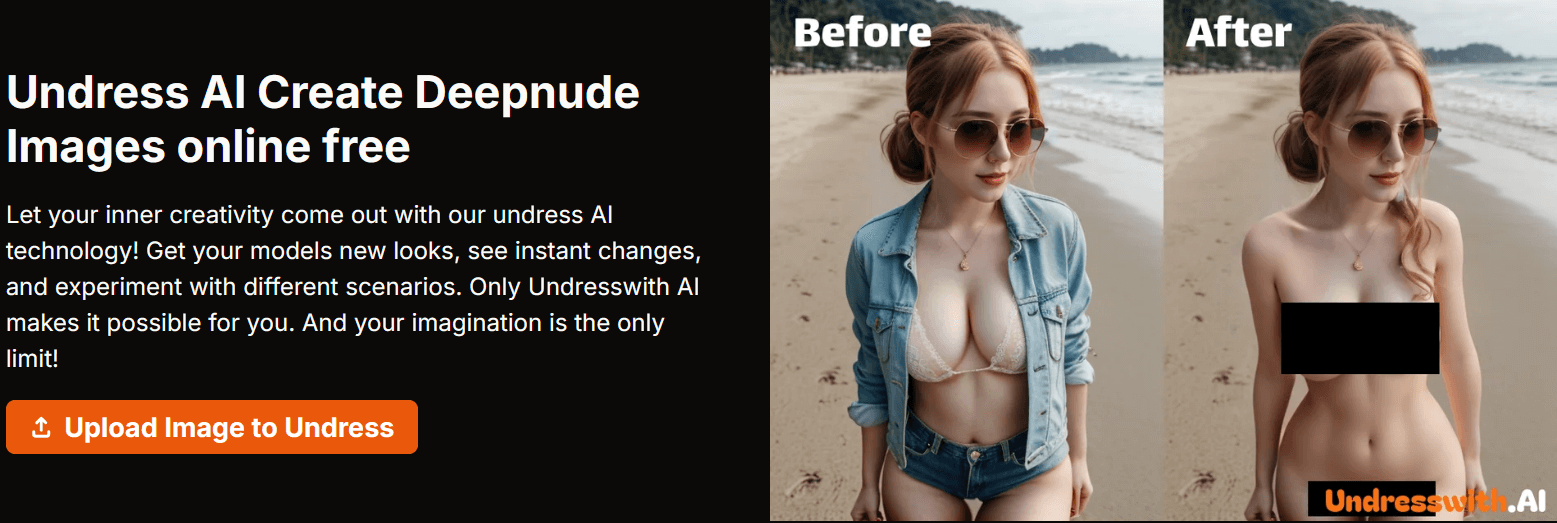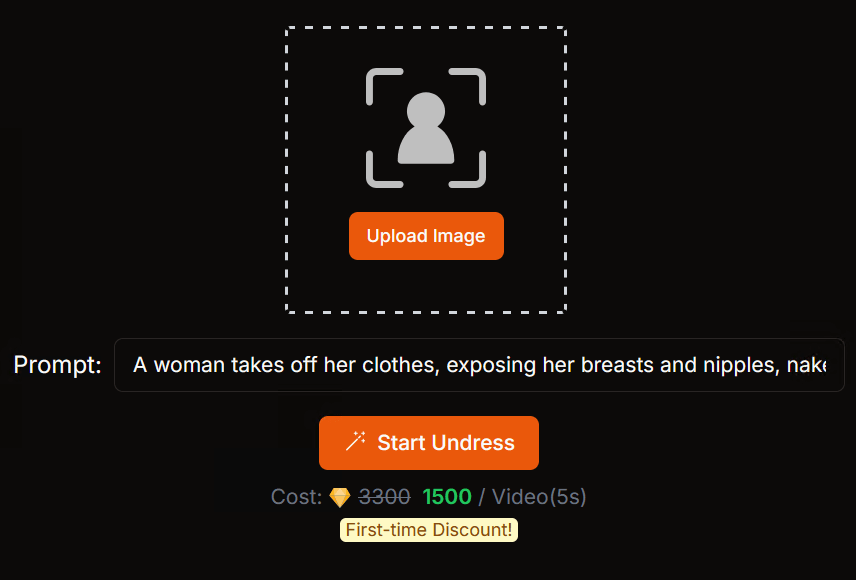As artificial intelligence continues to progress, one of the many concerning innovations is the emergence of AI systems proficient at synthesizing undressed footage. While these technologies showcase the remarkable aptitude of deep neural networks and computerized visual analysis, tackling them with diligence and moral discernment is paramount. This instruction manual will examine approaches to generatively undress video content utilizing cutting-edge programs such as UndressWith.AI while stressing the significance of permission, lawfulness, and esteem for individual privacy. Moreover, it is wise to consider the realistic human impacts of any newly developed technologies to ensure they respect and benefit all of society.
⚠ Ethical Note Before You Proceed
Before diving into the technical steps, it’s crucial to understand the ethical implications of AI-generated undress content. These tools must never be used to exploit, harass, or defame anyone, especially without explicit consent. Misusing such technology can lead to serious legal consequences and significant emotional harm. This guide is intended for educational purposes only and is aimed at understanding AI capabilities—not promoting misuse or violation of personal rights.
What Is an AI Undress Video?
An AI undress video is created using deep fake or image-to-video transformation algorithms. These tools remove clothing from images or videos using machine learning models trained on large datasets. While some are for research or artistic purposes, they’ve gained attention for their controversial use of real people’s images.
Tool Highlight: UndressWith.AI
The most accessible one currently is UndressWith.AI. This web-based tool allows you to upload images and generate undress results using AI. Here’s how to use it properly and responsibly.
Step-by-Step Process to Create an AI Undress Video
- Go to the Website
Head to UndressWith.AI. Since it’s web-based, no software to install. For the best experience, use an updated and secure web browser.
- Prepare Your Image or Video
Choose an image or video you have the full rights and consent to use. This could be royalty-free stock images, digital avatars, or AI characters—not real people without permission.
� Pro Tip: Don’t upload real people’s images without consent to avoid ethical and legal issues.
- Upload the File
Click the “Upload” button and select your file. Supported formats are JPG, PNG, and MP4.
- Let the AI Process
The AI engine will analyze and process your file using its trained neural network. Processing time may vary depending on file size and complexity, usually taking a few seconds to a few minutes.
- Review or Download the Result
Once completed, you’ll receive the AI-generated output. You may preview the result on the site or download it. Ensure any use of the production is private and within ethical and legal boundaries.
Key Features of UndressWith.AI
- User-Friendly Interface: No coding skills required.
- Fast Processing: Quick results with minimal wait.
- Format Flexibility: Supports both images and video.
- Demo Option: Try a sample before using full features.
Responsible Use Cases
When used ethically, these tools may serve the following purposes:
- Artistic Exploration: For digital artists designing fictional or fantasy characters.
- Educational Demonstrations: For instructors showcasing AI’s capabilities.
- Tech Research: For researchers analyzing generative AI and visual data manipulation.
What to Avoid
- Using real people’s photos without consent.
- Sharing generated content on public platforms.
- Using outputs to deceive, exploit, or shame individuals.
Legal & Privacy Considerations
Laws regarding AI-generated undress content vary by region. In many places, using such tools without consent can violate privacy, harassment, and cybercrime laws. Always verify local regulations before engaging with or sharing AI-generated materials.
Final Thoughts
AI is rapidly transforming the way we interact with visual content. Tools like UndressWith.AI illustrate the power and sensitivity of modern technology. As creators and users, it’s our responsibility to use these tools ethically, legally, and thoughtfully. When handled with care, they can serve as powerful tools for learning and creativity.


